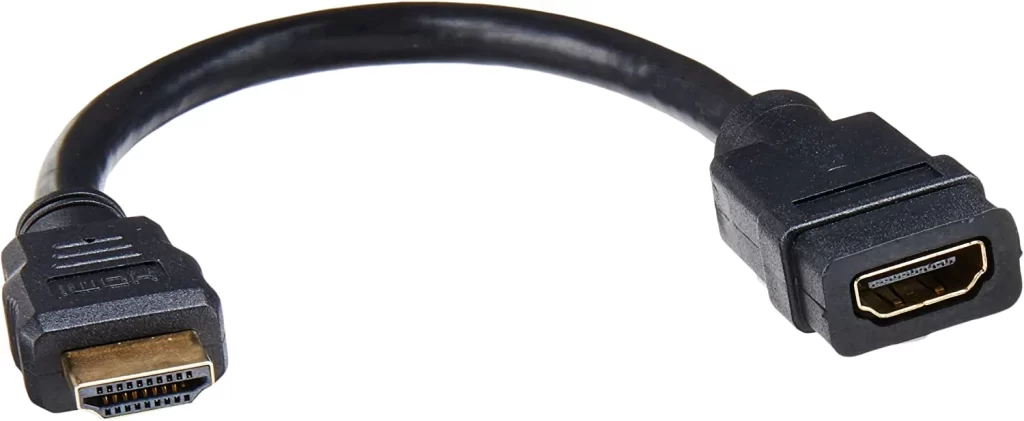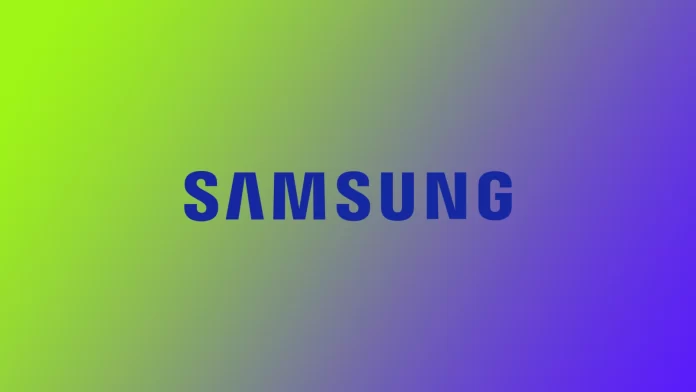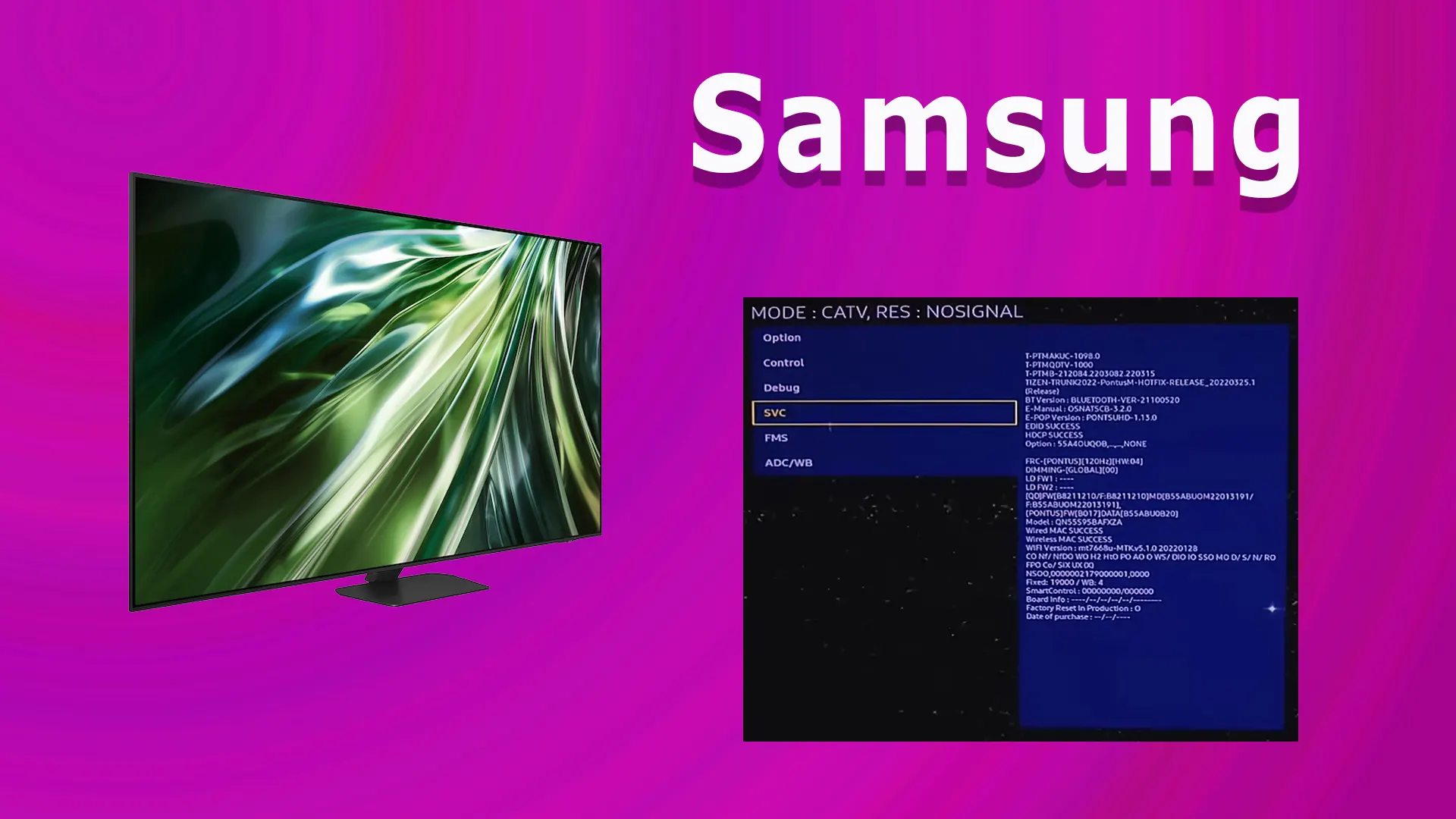Modern Smart TVs are very smart and advanced devices with many programs and functions so that the user can only use them and does not need additional equipment. This is what Samsung has been focusing on lately. They have made a perfect operating system for their smart TVs and are constantly working on adding new applications and functions. However, no one is yet taking away the ability for users to connect third-party devices to their Samsung TVs. If you’re unhappy with their operating system or want to connect a third-party device for other tasks, the easiest way would be to use HDMI.
If you have been using Samsung TV for a long time, you will quickly find it since most models have connectors in the same places. However, if you are a beginner, finding and switching to HDMI may be your next quest for the whole evening. There is nothing complicated here. Usually, these ports are located either on the side or bottom of your Samsung TV and switch to the appropriate source. You need to press the right button on the remote control. Let’s take a closer look at how this works and where you need to look for HDMI on your Samsung TV.
Where is the HDMI port on the Samsung TV?
Let’s start by determining where to look for HDMI connectors on your Samsung TV. You can recognize the connector by the sticker usually attached next to it, indicating that it is HDMI and its number. There are usually 3 or 4 HDMI connectors on the Samsung TV. They are also usually located in one of three places. It would be best if you looked for HDMI in your Samsung TV:
- On the right or left side of your Samsung TV. These ports usually face to the side, so you can conveniently connect a wire to them if your Samsung TV is hanging on the wall.
- On the underside of the Samsung TV. Also, some newer Samsung TVs have started to have ports on the bottom. This will be convenient if the devices you need are on the shelves under your TV and it stands on a special stand.
- On the back of the TV faces away from the Samsung TV. You can find this solution on older TVs. It will be especially inconvenient if you have your TV on the wall, as this positioning of the ports will not give you easy access to them.

I advise you to check before installing the Samsung TV in the desired location to see where the ports for connection are. They may be in such a location that you will not be able to get to them to connect an HDMI cable after installation. It would be best if you took care of this before installing the Samsung TV on the wall or a special stand. I also advise you to specify this when buying and immediately think about how you will connect all your devices to it.
How do you switch the Samsung TV source to HDMI?
Let’s also find out how to switch the signal source to HDMI on your Samsung TV. Again, this is pretty easy to do. I mentioned earlier that some Samsung remotes have a special Source button. You need to click on it and select the number of your HDMI port where you inserted the wire in the drop-down Menu. Then the source will be switched, and the image from your device should start to be displayed on the Samsung TV.
If you have a newer Samsung TV, you may have a modern, minimalist remote without many buttons, and it will not have the Source button. In this case, you can use the short instructions:
- Press the Menu button.
- In the Menu, find the Source or Input option.
- From the drop-down list, select HDMI with the number you need.
Also, if you have lost your remote, you can use the buttons on the body of your Samsung TV. In this case, these should be located either on the right back of the Samsung TV or in the bottom center. You must have a special button there which is responsible for the source. Once you press it, you can switch to the desired signal source.
Also, a tip hack can be used in the case of Samsung TVs. The thing is that when you switch to a new device, your TV itself must switch the source to it by default. So you need to turn on your external device, turn on your Samsung TV, and then plug the HDMI wire into any port on your Samsung TV. The source should switch automatically.





